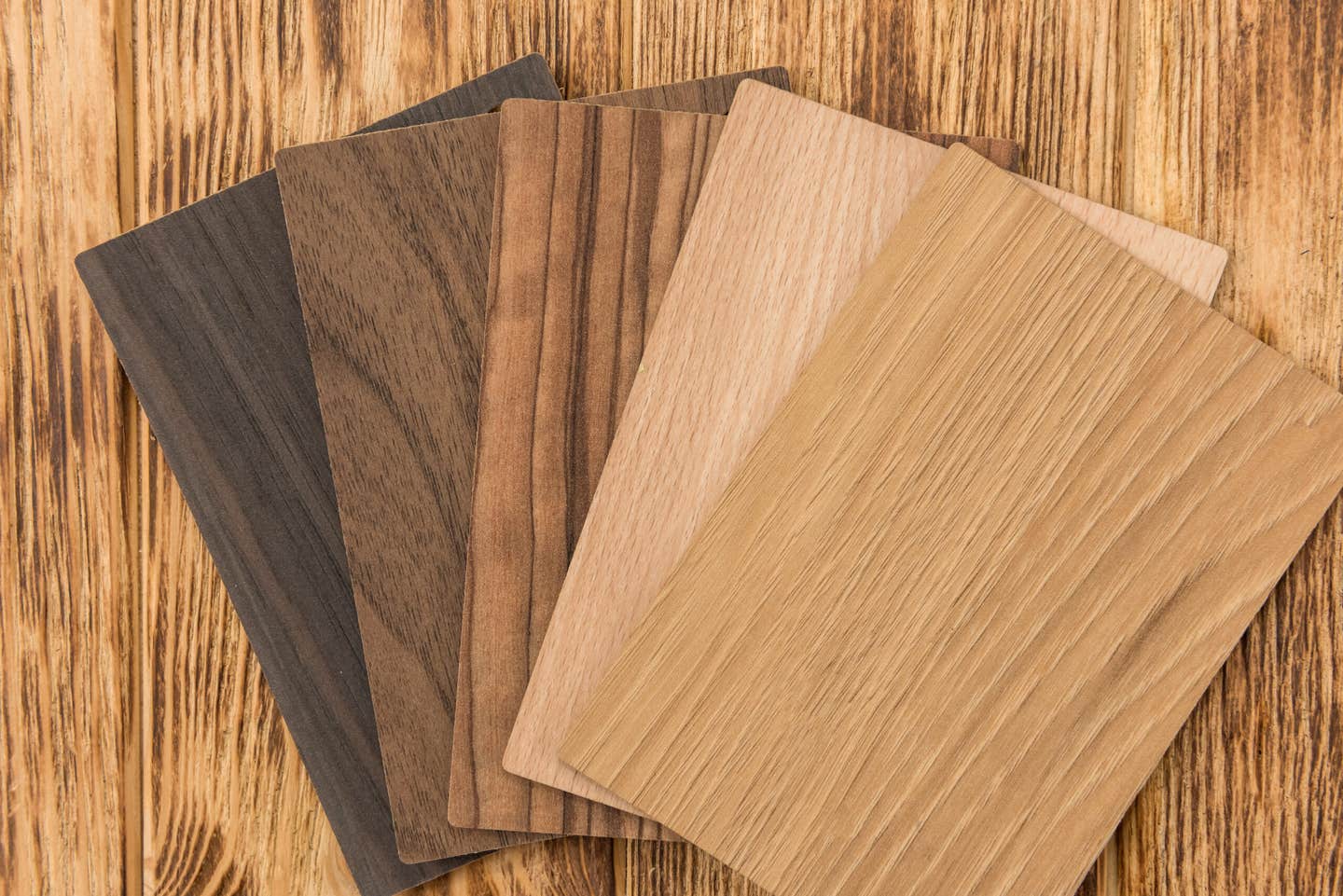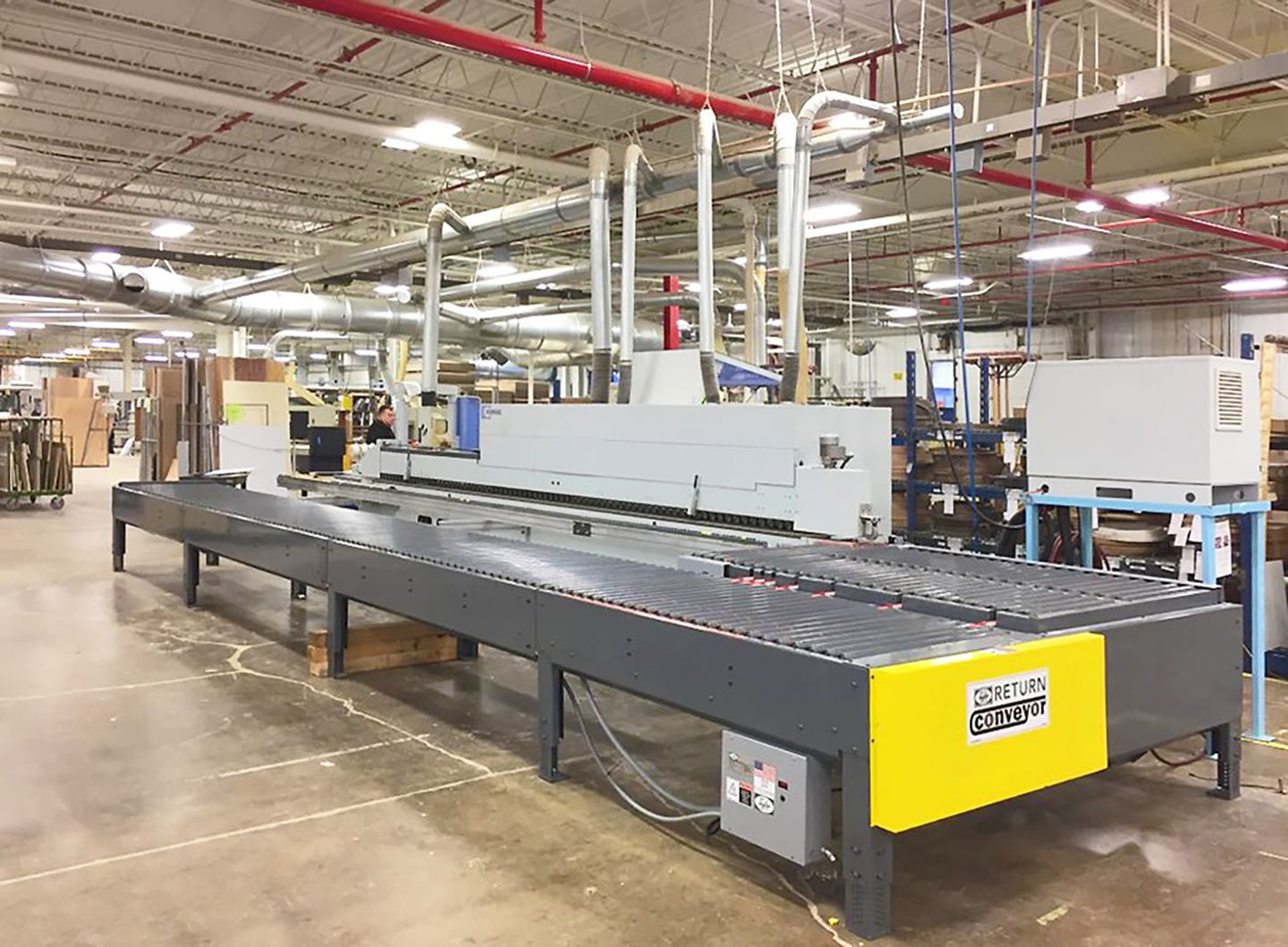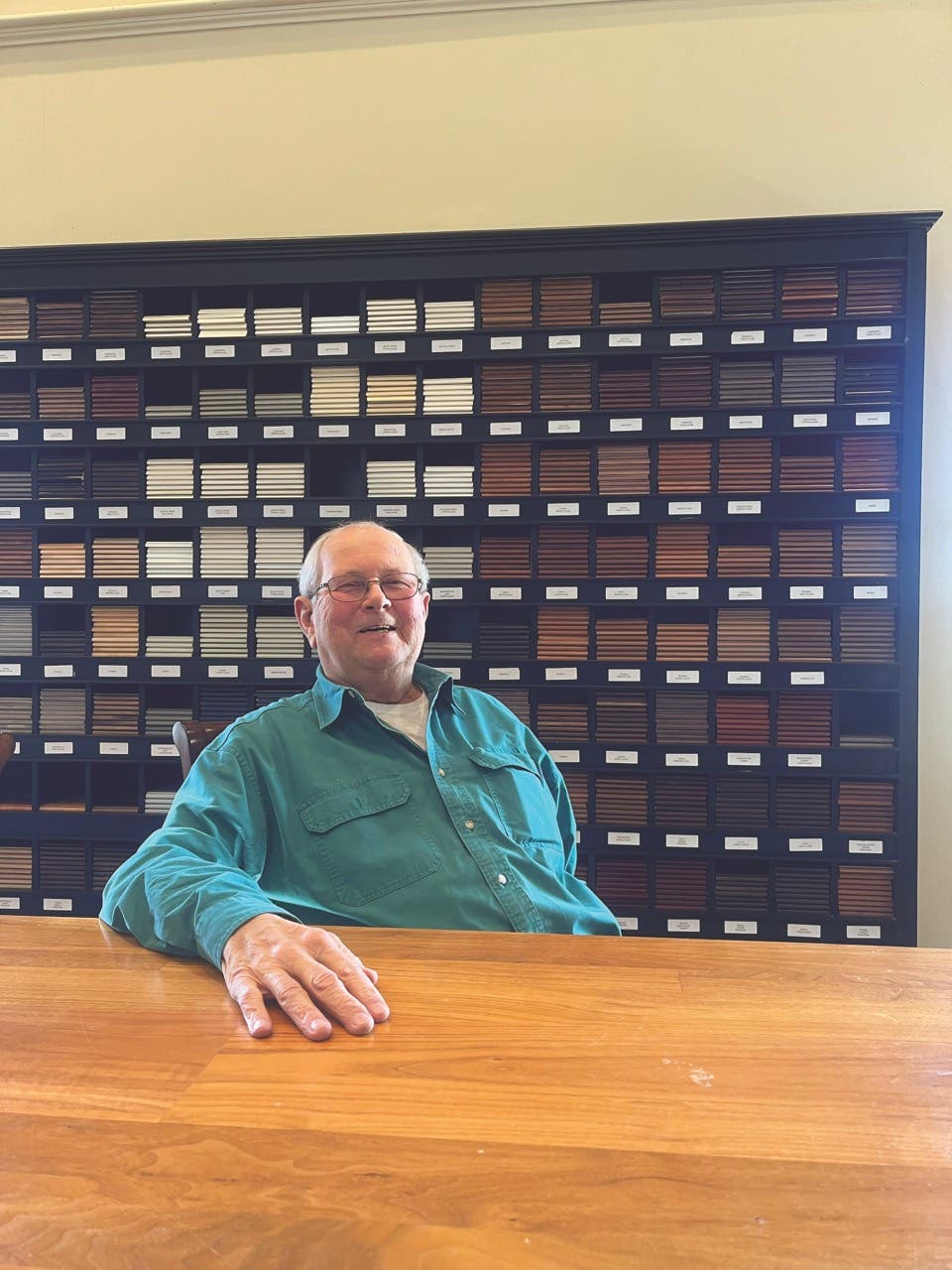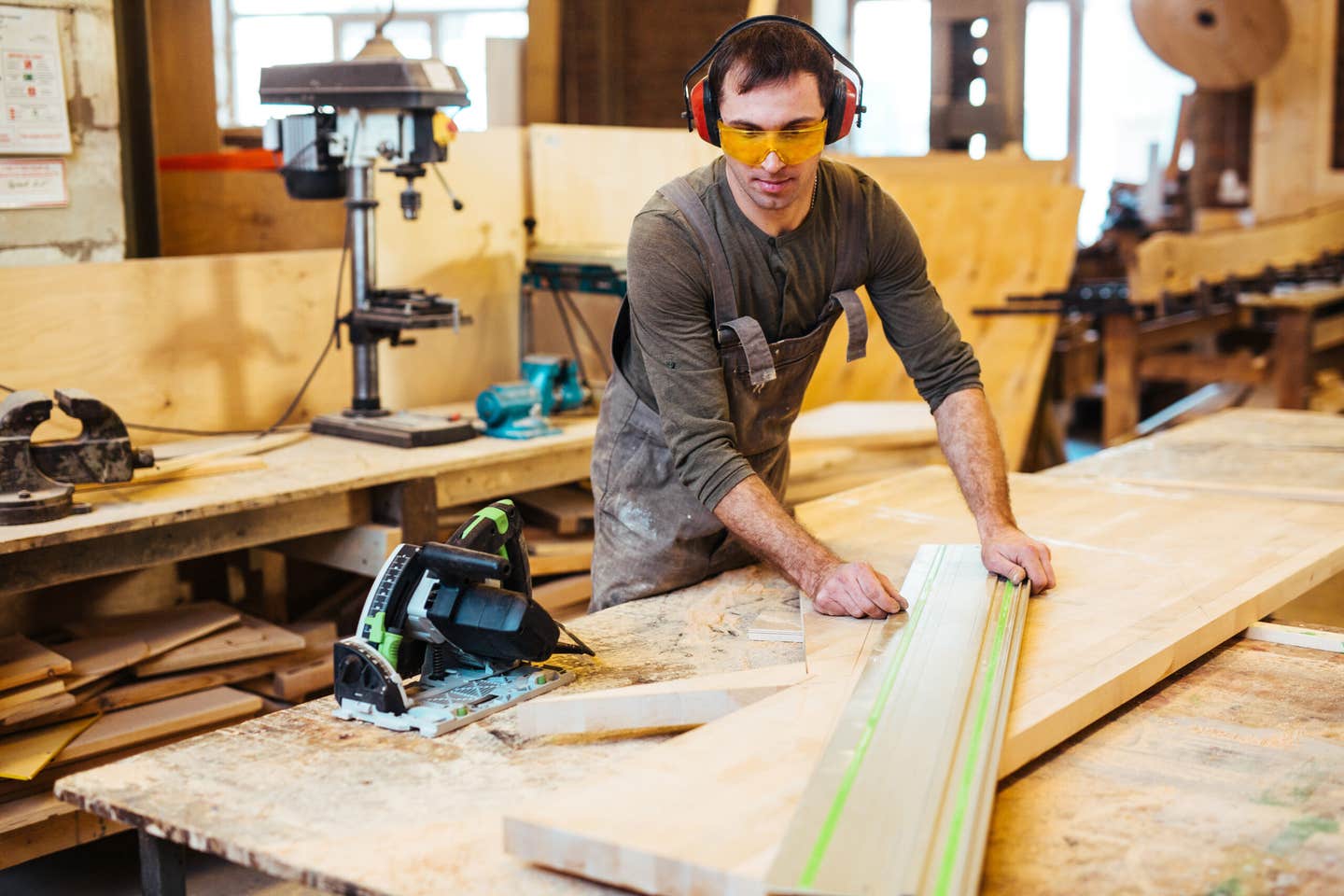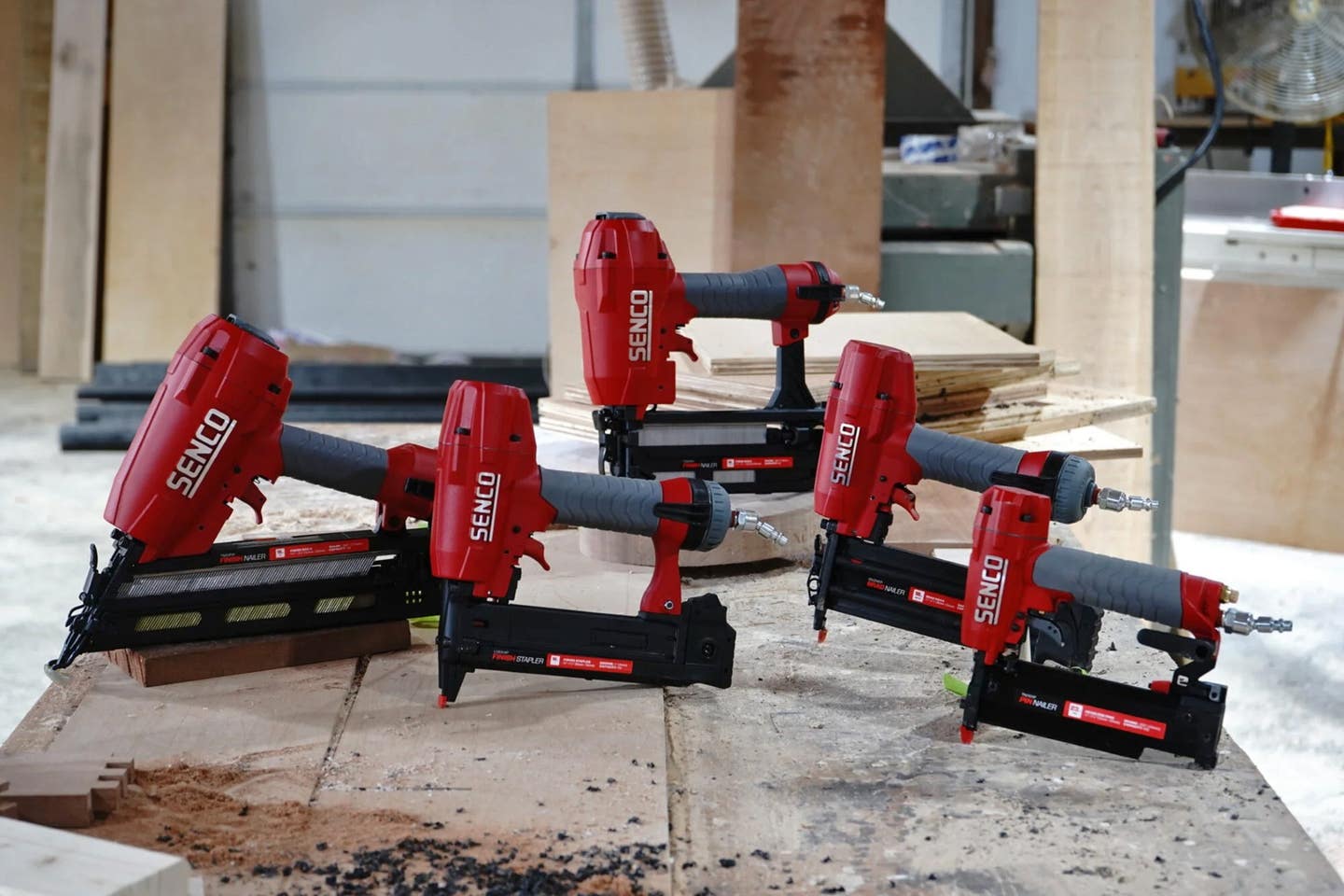Keeping your house in order
Routine maintenance is a pain. The very nature of it means that we have to stop what we’re doing and perform chores. It’s like having to pull over and buy…
Routine maintenance is a pain. The very nature of it means that we have to stop what we’re doing and perform chores. It’s like having to pull over and buy gas when you’re already late for a Bruce Springsteen concert.
Unfortunately, there’s no avoiding it. The downside of deferred maintenance can be very painful — even worse than running out of gas and having to abandon your car in the middle of the freeway and run 13 blocks to the theater. Why? Because when you have to redo an entire job or take an employee to the emergency room, it’s an even bigger downer than being all sweaty when you meet your date.
Seriously.
The pain can be vastly reduced if we think about how servicing equipment can save money. One of the basic tenets of good business is that saving $1 in cost creates the equivalent in net profit of $10 in sales. If, during the course of a year, a small shop can save just $5 a day through servicing equipment, the net effect on the business’s bottom line can be the same as making an extra $12,000 a year in sales. For larger shops, the numbers are exponential and can be quite dramatic.
Servicing comes in many different forms. The most obvious is sharpening, which usually means changing out dull cutters. But that’s just the tip of the iceberg. There are dozens of small maintenance tasks that can be put on a regular schedule and, even though individually they don’t look like they would make much of an impact, together they can really change the look of a profit-and-loss statement. Let’s start with the obvious.
Sharpening
Nobody wants to be dull and neither do your knives.
When bits, blades and cutters lose their edges, a lot of bad things happen. For a start, they get hotter — a lot hotter. That’s because the leading edge is no longer slicing, but abrading. Instead of using a fishing knife, you’re gutting that walleye with a blunt hatchet.
The problem is that as soon as we run the first board through new knives on a jointer, the edges begin to fail. Some of the bad things that happen as cutters dull are dark-brown marks on routed profiles (especially on end grain) and dark lines across planed boards. Stock being fed into a thickness planer will begin to track to one side, because the dullest part of the cutting edge is causing drag. Boards chatter because the friction (resistance) created at the knives is approaching the amount of thrust being exerted by the power feeder or the rollers. That means the planer will deliver more mill marks.
An employee is wasting some of the time you’re paying for if boards are running slowly through machines. That employee is wasting a lot of time if all or even some parts need to be run twice to clean up the cuts. They’re also wasting time if they have to stop and minutely check the quality of each board and do repairs. For example, a jointer with a nick will leave a long path on a board. It takes about as much time to re-align one of the knives and eliminate the nick as it does to sand or scrape the imperfection from a single board.
Dull saw blades deliver bad cuts that need to be fixed, sometimes with more than one pass on the jointer, and that wastes time. They also deliver inaccurate cuts that sometimes don’t show up until a drawer isn’t square or an inset door is too loose or one stile is wider at the top than the bottom. And that can be a real time waster because the machines that made the parts have probably all been reset to new dimensions for other parts, so remaking one drawer side takes just as long as it took to make 12 a few hours ago.
Dull blades can also cause binding and kickback and, when the shop is shut down so the boss can take an employee to the hospital, it costs money (so do the insurance deductible and the lost labor the following week). Sharp cutters are safer because they are predictable: one doesn’t have to adjust the amount of push one gives the parts. For example, a dull router bit will slow down the feed and the employee will push harder. As the part passes the cutter and resistance stops, that thrust can cause a little lack of control and bring fingers too close to the bit.
Hand-tool sharpening can also save a shop some money. Tools such as scrapers, planes, scoring knives, utility knives, veneer saws, chisels, draw knives and spoke shaves all require less pressure when they’re sharp. That makes them safer and faster to use. That saves money and, as George Herbert said almost four centuries ago, “a penny spared is twice got.”
Sharp machines use less electric power and, though the difference is minute, during the life of a woodshop and all its equipment, the savings can add up. But, more importantly, sharp cutters are not as hard on motors, wiring, circuit breakers or machine controls.
Calibration
Forget the fences and tables for a minute. The best way to start calibrating large floor machines is by checking the pulleys. If setscrews are loose or keys are damaged or missing, pulleys can wander quite a bit out of their track. When two pulleys are out of alignment, the belt’s travel is erratic. That can cause vibration that directly impacts the quality of cuts and it can cause those fences and tables to lose their veracity over time. Routine maintenance can really save a shop some money here, especially on older machines that haven’t been retrofitted with segmented belts. And pulleys that are out of sync can actually cause an arbor to wobble, which can take it out of true in a hurry. Runout at the arbor can add up to quite a lot of boards out of square because the error increases the farther it gets from the source. That is, the runout at the cutting tip of a 12” blade is a whole lot worse than the same amount of deviation on an 8” blade.
On most machines, it makes sense to calibrate tables before fences. If the tooling is not at a true 90 degrees to the tabletop, there isn’t much point going any farther. For example, if a long straight bit in a table-mounted router penetrates the table at a tiny angle, the cut it makes will be wider at the top than the bottom (or the channel it cuts will be wider at the bottom than the top). After unplugging the tool, chuck a 6- or 8-inch long steel rod in the router to check this with a square.
On a table saw, the blade needs to be aligned with the miter slots and the fence. If the front of the blade is farther from the fence than the back, then the part could bind and kick back. If the front of the blade is closer to the fence than the back of the blade, then the wooden part will probably wander away from the far end of the fence during a cut and this could cause kickback. Compounding the problem is the fact that a minor error won’t always be obvious until the cut releases pressure in tensioned wood.
Routine maintenance on miter saws can really add up to big savings. If the two halves of a miter saw fence are out of alignment and go unchecked, every cut made over several weeks will be just a hair off. That means every butt joint is off, too. If the fences crown at the blade (that is, the ends nearest the blade are closer to the operator), the cuts will be poor but they’re not as prone to kickback. If the opposite is true (the ends nearest the blade are farthest from the operator), as the cut is completed pressure from the woodworker’s hands will push the parts backward and the blade can bind and show how upset it is by throwing the wood at you.
On machines such as table saws, thickness planers and shapers, where the table has more than one element (that is, wings have been attached), it’s critical that the joints are aligned and smooth, and that the additions are in the same plane as the primary table. If, for example, a cast iron out-feed extension on a thickness planer tips up a hair the farther it gets from the cutterhead, it will raise the work as it’s coming through the rollers and knives. That will taper the part and can contribute to snipe. When a kitchen’s worth of face frames are all tapered and then have to be trued up on a wide belt sander after assembly, that wastes time and money.
Lasers are wonderful, but even a small impact can throw them off, so they need to be checked almost daily. Miter gauges tend to be thrown onto tables by the new kid and the impact can make them lose a quarter of a degree of accuracy. They need to be on the maintenance schedule, too.
Is the cutterhead (not the top edges of the knives) on the jointer below the plane of the outfeed table? On jointers where both tables are adjustable, this needs to be checked routinely. And the two tables need to be in the same plane. This is easy enough to check with a long straightedge and a raking light. Or one can joint one edge each of two boards that are about the same length and butt them together. If there’s a gap in the middle, the infeed table needs to be raised at the end farthest from the cutterhead. If the gaps are at the ends of the boards, it needs to be lowered. That little bit of servicing can save an awful lot of money on a single kitchen job, especially when fitting inset doors and drawer fronts.
Creating a routine
Something seen in many well-organized shops is a laminated maintenance schedule that’s attached to each machine. This is just printed from the shop’s computer and laminated on both sides at an office supply shop. Clip a hole in one corner and hang it on the machine or keep it in place with a magnet.
The key to such a system is dates. The Nos. 1 through 28 are printed in a column at the left side of the page and maintenance tasks are printed to their right according to which day of the month they need to be done. (Days 29-31 vary, so they are eliminated.) Using dates means that vague guidelines such as board feet or machine hours don’t have to be tracked. It also makes it really easy for a supervisor to walk up to a machine, check that day’s required maintenance and ask the operator if it was done. Laminating the cards makes them last longer and avoid smudges. Attaching them to the machine means nobody can conveniently “lose” a clipboard.
Such a system might cover maintenance tasks such as beating the bags on dust collectors, listening for bad bearings, checking machine and extension cords for fraying, making sure that ceiling-suspended power cords haven’t been stretched and so on. Other routine maintenance such as emptying collector bags, cleaning spray equipment, and maintaining walkways (and fire escape routes) needs to be done daily, so those tasks can be posted beside the time clock. Keeping pathways clear can actually save a lot of money: it’s amazing how many times people will slow down and maneuver around an obstacle rather than move it. Thirty times a week at two minutes a time is an hour of labor the shop didn’t need to buy.
Routine maintenance on fire alarms, lighted exit signs and smoke detectors can be the biggest money-saving equipment service chore on the roster. There’s a whole lot of profit in limiting fire damage and saving lives.
High-tech equipment
Some of the greatest savings in the custom woodshop industry come from updating software. If you’re leasing your CAD/CAM programs, the newest version might have tweaks that help optimize better or use materials in a wiser way. The more automated the software package, the fewer man-hours a designer or shop foreman will need to spend programming. The better and more realistic the 3-D rendering is, the quicker client consultations can go and closing those sales will be easier, too. People like pictures.
Back in the 1970s, an Irish comedian called Dave Allen used to do a standup routine about dusting. He said a lot of the dust in our homes is dead skin, so using a feather duster is just a way to rearrange your ancestors. His point was that it’s better to vacuum dust than to blow it around the room. Much of the equipment in a modern woodshop has fairly sensitive electronics. It’s a good idea to teach employees not to use compressed air to blow fine dust into little boxes full of microchips. The same is true of older machines that aren’t equipped with sealed bearings. Speaking of dust, don’t forget to service the furnace and AC filters and maybe have the ductwork vacuumed out annually. Those tasks can save fuel.
Lubrication
Traditionally, woodworkers maintained cast-iron tables by rubbing them down with steel wool and light machine oil and then wiping off the residue before applying paraffin wax. That still works and the lack of friction speeds up the milling process and saves a few dollars a year. Today, there are many substitutes for both the oil and the wax. Just be wary of silicone as an ingredient, as it tends to interfere with some finishes. Lubricants include grease, oils, graphite and Teflon-based products. The key is to find something that lasts a while and doesn’t attract dust. Different climates require different solutions: shops in high altitude areas of low humidity have a different agenda than coastal towns where rust is a problem. One old-fashioned solution is clear shoe polish: it wipes on easily and can be buffed so a very slick finish, plus it doesn’t harbor dust as a liquid or spray coating might.
Grease has a shelf life and that old tube on the top shelf in the warehouse might have outlived its usefulness.
Pitch and gum removers can be toxic and require masks and gloves for safe use. When using wire brushes to clean gears and trunnions, use brass and not steel as it’s softer. Making custom, long handles for wire brushes can let you to clean worm gears through the blade slot, and mineral spirits usually work well on gum/resin deposits.
Lathe beds require lubrication so the banjo and tailstock move freely and the coating will help prevent water from green wood causing rust. The steel used to make gouges and parting tools is a lot tougher than the soft iron used to make tool rests, so the latter get nicked a lot. Routinely touching them with a file can save a lot of catches, repairs and time.
Service options
Many larger metropolitan areas offer woodshops an option that usually isn’t available in small towns — outsourcing maintenance. There are companies that will come in and change bits and blades and take them away for sharpening. There are outfits that will come and vacuum out ways and worm gears, and lubricate outfeed tables, install software updates, change out light bulbs and ballasts, exchange floor mats or wash windows. There are machine shops that will stop by once a month or every 90 days and do tune-ups and alignments on all the big machines.
If that’s not an option, shops can create an in-house training program for maintenance. Having one person responsible for overseeing the exercise is essential. Letting each person manage his/her own workstation just doesn’t work. They get caught up in their “real” job and servicing equipment just doesn’t seem as important as building boxes.
This article originally appeared in the December 2014 issue.


